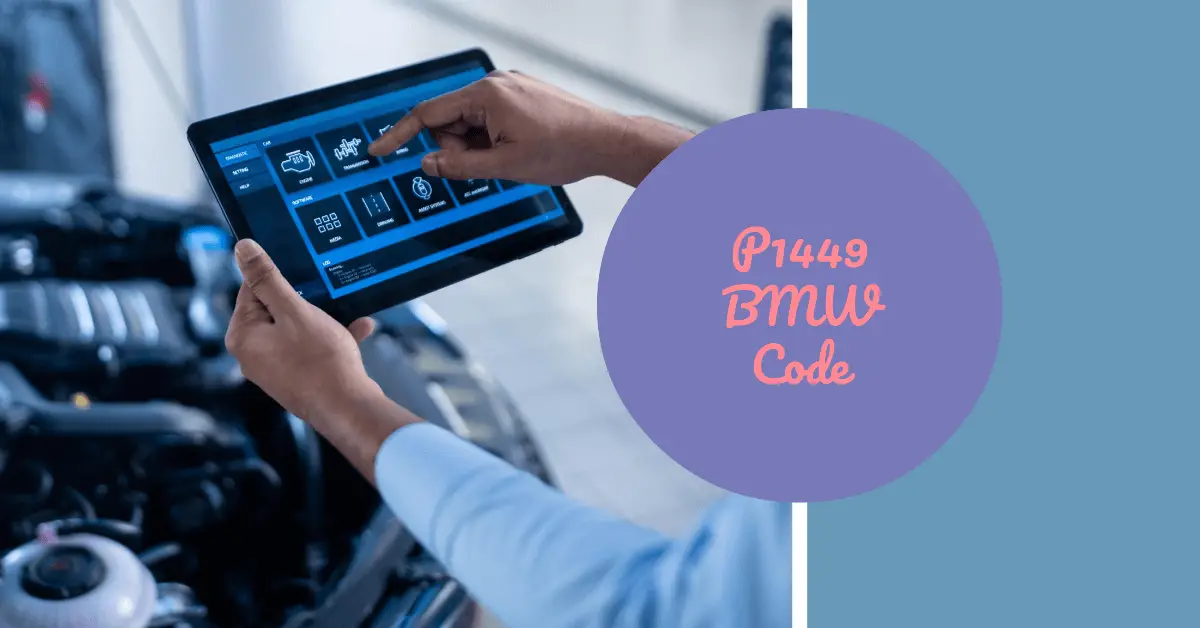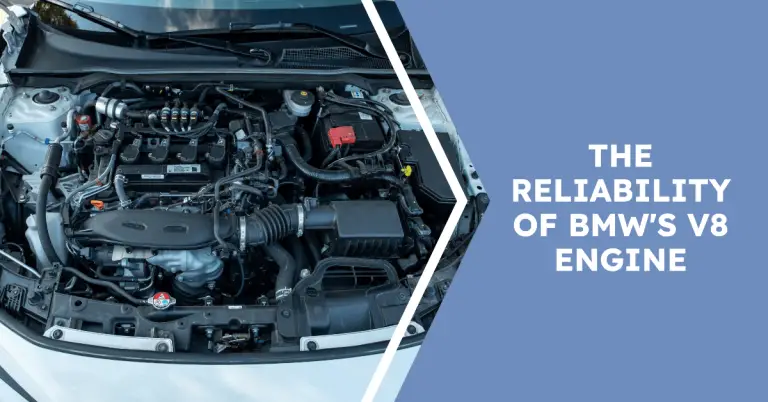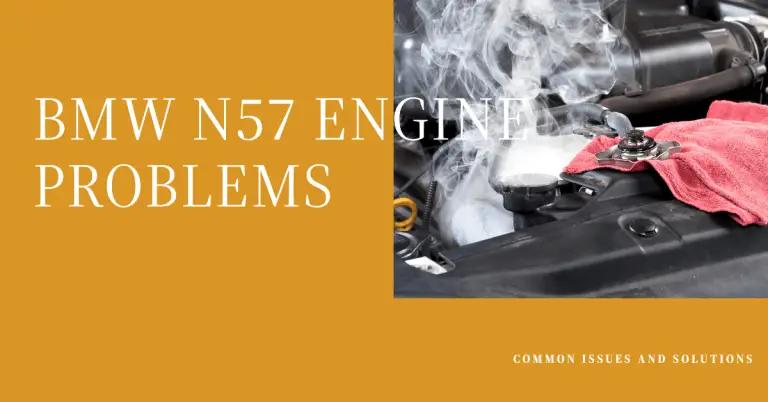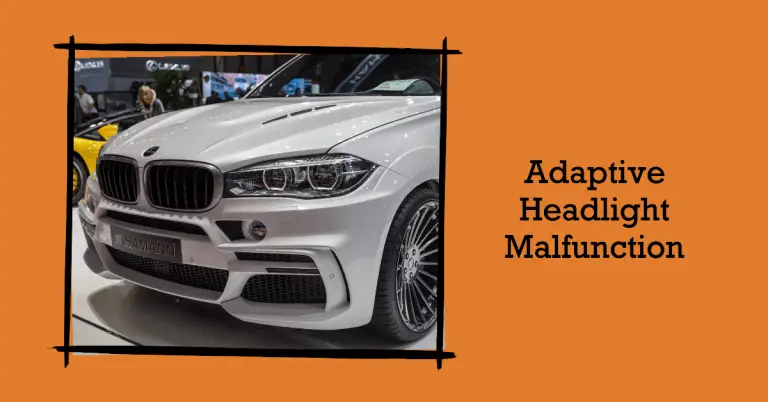P1449 BMW Code: How to Diagnose & Fix the EVAP System Leak
Is your BMW’s Check Engine Light on? Does it have trouble starting or stalling? You may have the P1449 code. The P1449 code means there is a leak in the Evaporative Emissions Control (EVAP) system. Read on to learn what causes this, symptoms, how to diagnose the leak, and the best solutions to pass emissions and fix the problem for good.
What Does the P1449 Code Mean?
The P1449 code is an indication that your BMW has detected a leak or fault in the Evaporative Emissions Control (EVAP) system.
This important emissions system is designed to prevent fuel vapors from escaping into the atmosphere from the fuel tank and fuel system. The EVAP system routes vapor from the fuel tank through hoses and valves into a charcoal canister to be stored while the engine is off. When the engine starts, these fuel vapors are purged from the canister and burned in the engine.
If the EVAP system has any leaks or cracks, fuel vapors can escape into the air leading to increased air pollution and failure of emissions tests. OBD2 diagnostic trouble code P1449 sets when the leak detection monitor detects a leak or malfunction within the EVAP system.
Other BMW EVAP related codes include P0455, P0456, and P0457. The P1449 code is manufacturer specific to BMW models. Seeing the Check Engine Light illuminate and getting the P1449 code means it’s time to diagnose and repair the EVAP system leak or malfunction.
What Causes the P1449 Code in BMWs?
There are several different components and faults that can trigger the P1449 code to set in your BMW:
Loose or Damaged Gas Cap
One of the most common causes of the P1449 code in BMW models is a loose or damaged gas cap. The gas cap is crucial for sealing the fuel system and needs to click 3 times to properly close. An improperly sealing gas cap unable to hold pressure will allow fuel vapor to escape.
Before replacing expensive EVAP components, always check the gas cap first. Make sure it clicks into place securely. Replace old cracking caps that may have damage allowing vapors to leak through.
Leaks in EVAP Hoses, Valves, or Fuel Tank
Over time, small leaks or cracks can develop in the various rubber hoses, plastic valves, grommets, and seals that make up the EVAP system. Fuel tanks can also develop small leaks if they rust or are damaged.
Any breach that allows vapor to escape will cause the P1449 leak code. Inspect all EVAP related hoses and components thoroughly for signs of cracks, damage, or disconnects. Replace any faulty parts.
Faulty Purge or Vent Valve
The EVAP Purge Valve and Vent Valve control the flow of fuel vapor into and out of the charcoal canister. If either valve sticks open, fuel vapor will leak through causing the code. Malfunctioning valves need to be replaced.
Failed Leak Detection Pump
BMW models have an electric leak detection pump that pressurizes the EVAP system to test for very small leaks. A bad leak detection pump can’t properly pressurize the system leading to the P1449 code.
EVAP Pressure Sensor Failure
Some BMW models use an EVAP Pressure Sensor to monitor for leaks. If this sensor fails, it may send faulty data to the PCM triggering the leak code. The sensor will need to be replaced.
Common Symptoms of the P1449 Code
Here are some of the most common symptoms that you may notice if your BMW has the P1449 code:
- Check Engine Light comes on – The number one symptom of the P1449 code is the Check Engine Light illuminating on the dashboard. This indicates the PCM has detected a leak or fault in the EVAP system.
- Fuel odor detected – Due to vapor escaping through leaks, you may notice a fuel smell from the rear of the vehicle near the fuel tank when the P1449 code is present. Fuel odors are easier to detect after the vehicle has been parked for a while.
- Difficulty starting engine – Leaks that allow fuel vapor to escape can make it harder for your BMW to start. Fuel pressure and flow is reduced. Crank time increases when trying to start the engine.
- Poor fuel economy – The EVAP system leak can negatively impact fuel mileage. Fuel is lost through vapor escaping through cracks in hoses or a loose gas cap. Expect 1-2 MPG drop.
- Failed emissions test – Leaks in the EVAP system will cause your BMW to fail a smog test. The P1449 code may prevent readiness monitors from setting to ready status as well. Repairing the leak is essential for passing emissions.
If you notice any of these symptoms along with the Check Engine Light, use a scan tool to check for the P1449 and other related EVAP codes. Diagnose and repair the leak source before it leads to further problems.
How to Diagnose the P1449 Code?
Diagnosing the leak or fault that has caused the P1449 code in your BMW requires using a systematic approach. Here are the main steps:
Visual Inspection of EVAP Components
Start by performing a visual inspection of all Evaporative Emissions related components under the hood and along the underside of the vehicle. Look for:
- Damage, tears, punctures, or disconnects in EVAP hoses that could cause vapor leaks. Inspect the line from the fuel tank to the charcoal canister.
- Cracked, leaking fuel tank. Check around grommets and seals. Drop the tank for full inspection if needed.
- Loose gas cap or damage/cracks allowing vapors past the seal.
- Corrosion or damage to valves allowing sticking or leaks.
- Disconnected, kinked or pinched lines that block vapor flow.
Thoroughly inspect each component for even very small leaks that could let fuel vapor slip past and escape. Fix any visible damage found.
Perform an EVAP Smoke Test
A smoke machine can be used to detect very small EVAP system leaks that may not be visible. The machine pressurizes the system with smoke. Watch for any smoke leaking out of components to identify the source.
Smoke testing is the best way to pinpoint elusive EVAP leaks causing the P1449 code. Many professional shops have EVAP smoke machines to accurately find leaks.
Check EVAP System Operation with Scan Tool
Connect a high quality scan tool and monitor EVAP system operation in real-time as the vehicle is driven. Watch parameters like tank pressure, purge flow, and vent valve operation.
Look for data values that indicate issues like stuck open valves, low tank pressure, and low purge flow. Operational faults will help lead to the leak location.
Scan for Related EVAP Codes
Use your scan tool to pull all stored and pending EVAP related codes. Other codes pointing to specific components like P0455 (gross leak), P0456 (minor leak) or P1450 (unable to bleed up vacuum) can further help diagnose the issue.
Solutions to Fix the P1449 Code
Once you’ve diagnosed the specific cause of the leak or malfunction, here are the common solutions to fix P1449 in your BMW:
1. Tighten or Replace Gas Cap
The most common solution is to ensure the gas cap is tightened properly until it clicks 3 times. Additionally, replace the gas cap if it’s worn out or damaged. This simple fix solves a large percentage of P1449 leaks.
2. Inspect and Replace Leaking EVAP Components
Any cracked or damaged EVAP hoses, grommets, or plastic valves that are leaking will need to be replaced. Use fuel line safe hose clamps on all connections. Replace the charcoal canister if cracked or extremely contaminated.
3. Replace Failed EVAP System Components
If the leak detection pump or EVAP pressure sensor is bad, they will need to be replaced with new OEM BMW parts. Faulty valves like the purge and vent will also need to be replaced.
4. Professional Diagnosis and Repair
For difficult to diagnose EVAP leaks, seek a BMW specialist shop. They can use advanced smoke machines and diagnostic equipment to inspect every inch of the EVAP system and pinpoint any leaks. Proper repair of all leaks and components will cure P1449.
Pass Emissions and Reset Check Engine Light
Once the EVAP leak has been fixed and repaired, the P1449 code can then reset and your BMW will be ready to pass emissions again.
Drive for a few days allowing the EVAP monitor to complete its tests. Then use a scan tool to clear all stored codes. With no further leaks present, the Check Engine Light will stay off after resetting.
Successfully repairing EVAP leaks that trigger the P1449 code will allow your BMW to pass smog testing again. Your vehicle will also run better with reduced emissions and improved fuel economy after the fix.
Conclusion
Seeing P1449 pop up on your BMW is an indication of an Evaporative Emissions leak that needs your attention. While not an extremely serious issue, EVAP leaks should be fixed promptly.
Following the diagnostic tips outlined and inspecting components thoroughly will allow you to find the leak source. Repairing hoses, valves, pumps, and gas caps as needed will stop vapor escaping into the air.
With the P1449 cured, your BMW can pass emissions tests again and run clean. Driving without EVAP leaks gives you the peace of mind of knowing your vehicle meets emissions standards for cleaner air.







